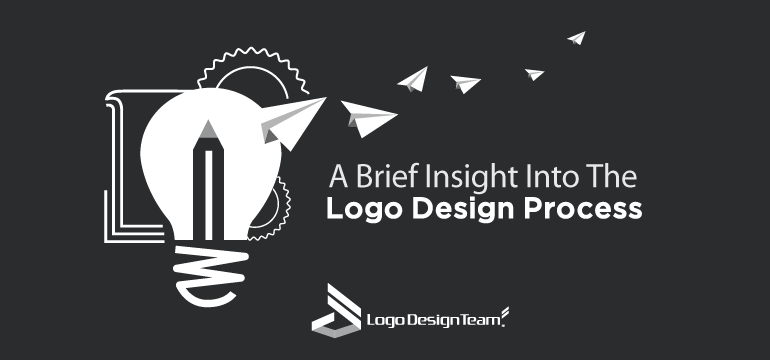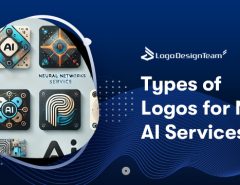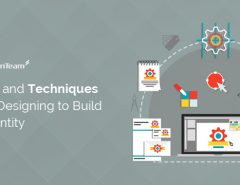Designing logos for companies can be an amazingly creative experience. Right from the outset, logo designers get their creative juices flowing in order to conceptualize, create and deliver logos that are consistent with their clients’ identities and requirements. Every logo design agency has its own unique method of designing logos. When we are asked what the “logo design process” really is, we always explain to our clients that “it depends”. However, the designers do have a common skeleton structure to work with, and we shall describe the logo design process below.
Designing a logo starts with understanding the client and their audience, researching and conceptualizing, sketching and drafting, developing an identity and finally, presenting the logo to the client. Not every agency follows the logo design process religiously and it is not necessary to go in a particular sequence. Nevertheless, knowing where we are headed to always helps, rather than trying to grope in the dark without a proper structure. All along, it is important to keep the client in the loop and work with them.
1. Run through the design brief
Most often, clients come to logo designers with a design brief themselves. The brief consists of important information such as what the company does, who its typical customers are, who its competitors are, where the company is positioned and if the company has some style guides to follow. The design brief also recommends what must be the budget and how long there is to finish the logo in its entirety. If the client does not have a design brief, we sit with them in order to create a design brief first. This helps us to give a direction to the logo design process.
Important questions to ask the clients
- What value do you want to project with your logo?
- What does your target audience like the most about your products/services?
- Which competitor scares you the most?
- Which competitor is most likely to copy you?
- Which are the platforms where the logo will most likely be used?
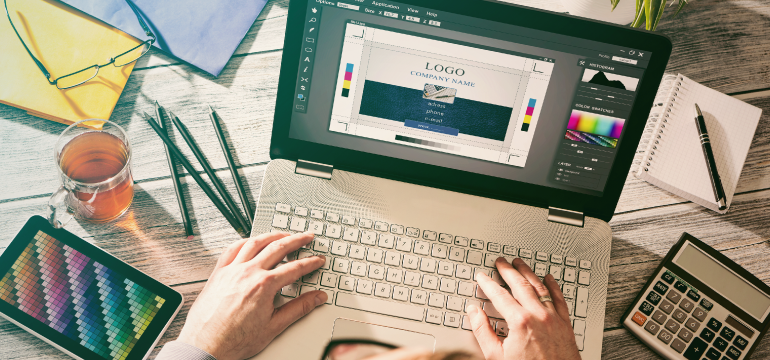
2. Understand the client and their audience
The information that is given in the brief isn’t enough. The next step would be to understand the culture of the client’s company and those who work there. Every company has its quirks and eccentricities and these variations in behavior can help you to choose a logo that is distinct and unique. Similarly, understanding the audience and customers of the client is equally important. A logo must speak to its target audience at a subliminal level. And it always does when you study the target audience before designing a logo.
Important aspects of the target audience to consider
- Which cultural demographic does the target audience belong to?
- How culturally evolved is the target audience?
- Will pop culture references help in designing the logo?
3. Conceptualize the logo
The next step is to brainstorm and conceptualize what the logo must look like. At this stage, it is not necessary to have the logo ready on a piece of paper. Instead, conceptualizing is all about gathering ideas, matching those ideas with the culture of the company and its audience. Concepts should closely reflect what the company’s message to its target audience is. In fact, conceptualizing helps companies to use their logos as a branding strategy as well.
Questions to ask
- What is the purpose of the logo?
- How is the logo going to address problems?
- How is the logo going to add value to the brand?
- What is the “culture of the client”?
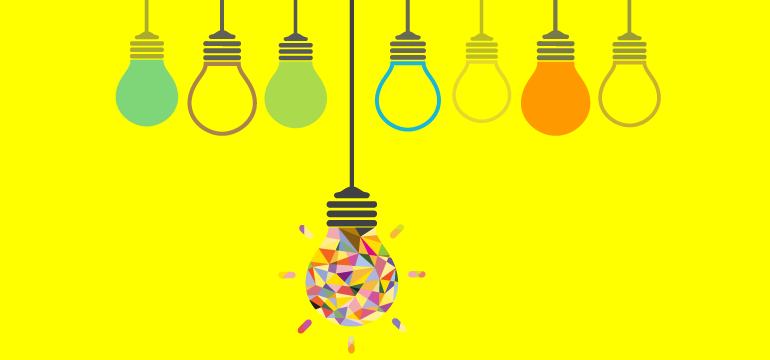
4. Sketching and drafting
Once the concepts are written down, the next step is to actually sit at the table and begin to use those sketching pencils. It is always a good idea to sketch on a piece of paper before using modern software programs but then again, it depends on the designer. The take-away is that one needs to spend a lot of time either on the computer or on a piece of paper trying to sketch. The drafts of these sketches can then be improvised on design software programs in order to arrive at a more stable design.
Important things to consider
- Ensuring that the logo can be used across platforms
- Ensuring that the logo is unique
- Ensuring that the logo evokes positive emotions
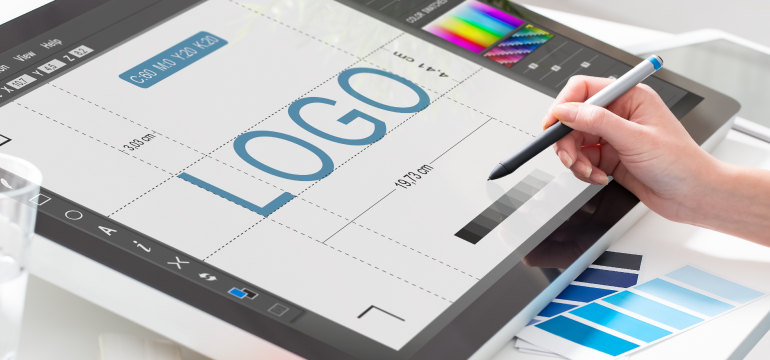
5. Develop an identity
Logos often tend to be visually appealing. While visual appeal is important, a logo must correctly help a company to develop brand identity. A logo designer is more of an artist than a technical designer. He or she should know what the symbol signifies and what unconscious message it is going to send to the clients and competitors. A logo must be designed in such a manner that it truly reflects the brand identity of a company or client.
Questions to ask
- Does the logo represent the company?
- Is the design a symbol for everything that the client offers to his/her customers?
6. Run a test
Logo designers should present the logo to third party reviewers. These people may be laymen or logo reviewers. No matter who they are, an unbiased opinion will help logo designers to understand where their design stands and if they are being too repetitive. One of the biggest problems with logos today is that they tend to be self-similar. While conforming to an industry’s expectations is important, it should not be a monotonous replication of what everyone else is doing.
Seek feedback from third-parties
- What do people feel when they see this logo?
- What emotions does the logo evoke in them?
- Do they feel the logo represents a premium/mass product?
- Does the logo “speak” to them?
7. Seek feedback from clients
Once a logo is designed and finalized, it must be presented to the client, who may request for certain changes. All changes need not be accepted. Sometimes, logo designers may know better what suits the client, than the client themselves. This does not mean a logo designer must be stiff upper lipped or snobbish, but it just means a designer must take into account what is best for the client. If the changes that are requested are helpful to the client, go ahead and make revisions.
Questions to ask
- Is the client happy with the logo?
- What changes does the client want?
- How will the changes help the client?
- Are the changes warranted?
Conclusion
At the end of the day, a good logo must ensure that it attracts new customers and retain old ones. This can only be done when a logo speaks to its audience or when it creates pleasant memories in the target audience. Choosing the right logo is not only about the ability to design it, but it is also about understanding the psychographics of the target audience. It is about making sure that the logo represents the values and missions of a company, without alienating the target audience.
Designing logos is an overtly creative process because a company’s identity and brand value depend on this artful conception. So it’s necessary to make a logo corresponding to the client and his business’s needs. Logo designing can be successful when the process takes in a lot of research and knowledge of the recent marketing trends. When you want such professional graphics, you can browse the inventory of LogoDesignTeam which is vast and is a treasure house of all attention-grabbing logos in attractive packages.

